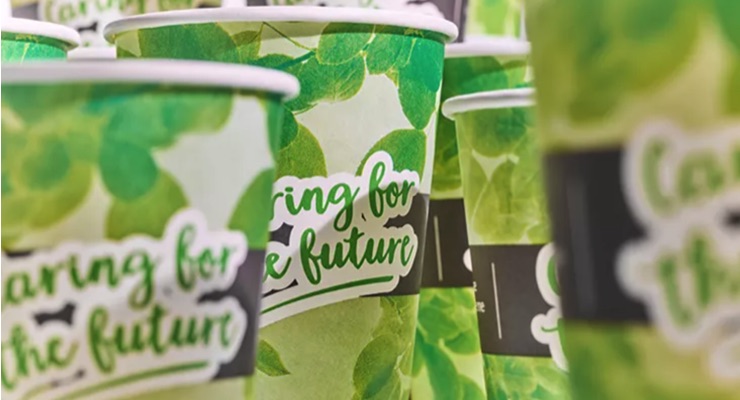
These are all building blocks of the EU Green Deal — and they should also guide our green recovery. To ensure this, we must also secure that European regulation provides a clear and predictable framework to enable us to move in this direction together. Otherwise it may not encourage businesses to invest in the next generation of environmental innovation. And we will lack viable solutions to reach our goals. A pertinent example is the Single-Use Plastics Directive, to be implemented next year. We must ensure that it becomes a tool for the future, supporting innovation and the development of new, sustainable solutions. Currently there is a risk, that the European Commission will recommend that the Directive also encompass products made of wood fiber – paper and board. Companies that have been working to develop circular, fiber-based substitutes for single-use plastic products risk seeing their investments become redundant. The economic consequences would be significant, but we would also miss an important opportunity to promote circular solutions and reduce our dependency on fossil materials. That, for us, goes against the goals of the Green Deal – and the green recovery, that should now be our main focus. As industry representatives, we are serious about our commitment. We have set ourselves ambitious sustainability ambitions and are working hard to develop innovative solutions that can make it possible for Europe – and the world – to reach the goals of the Green Deal. We cooperate with other leading companies across the value chain and wish to partner with all those who share this vision. Together we can make a difference – and learn from each other. To decision-makers, our message is clear: Hold on to the Green Deal and make sure that we have the best possible framework in which to innovate. That will ensure that we start building a new and better future.







